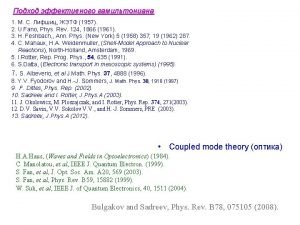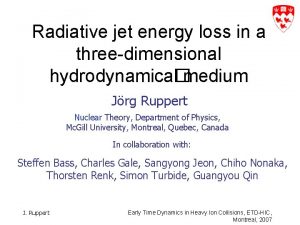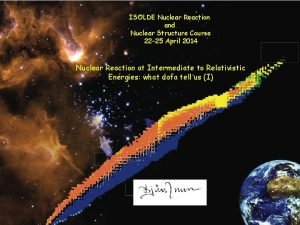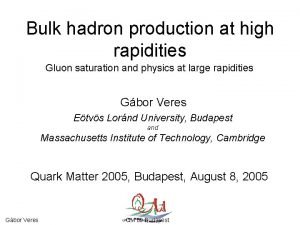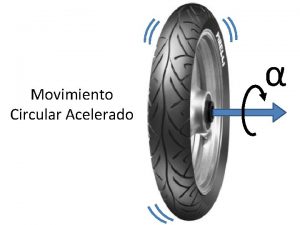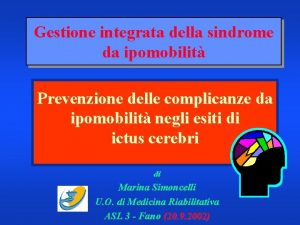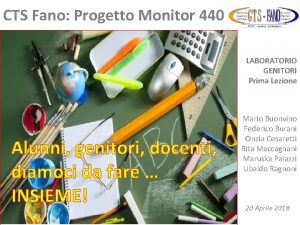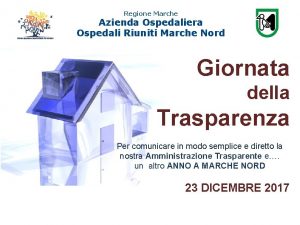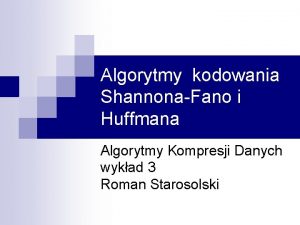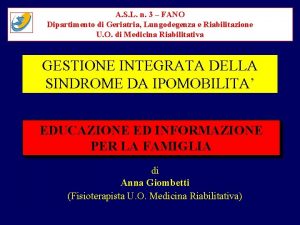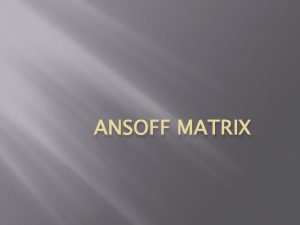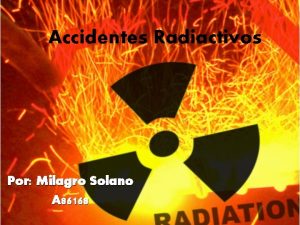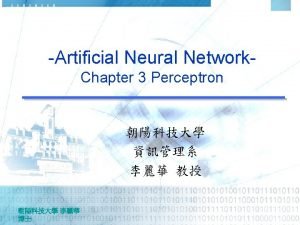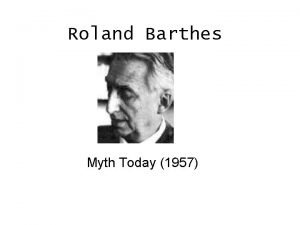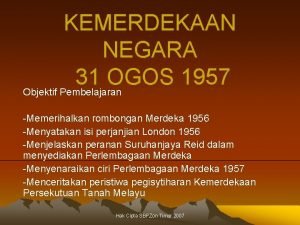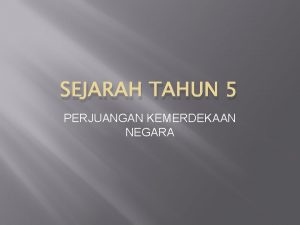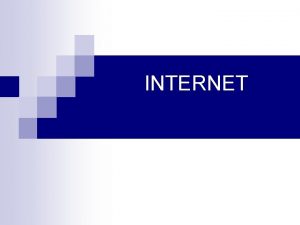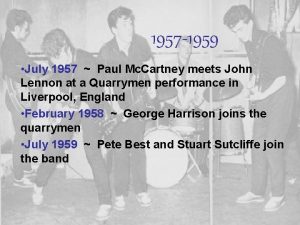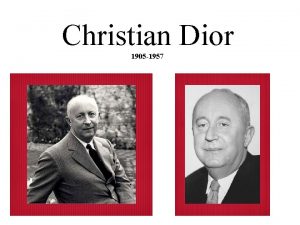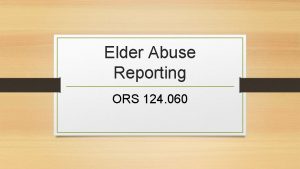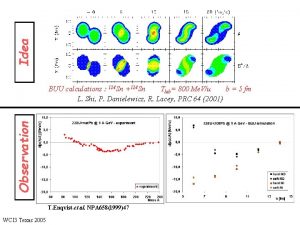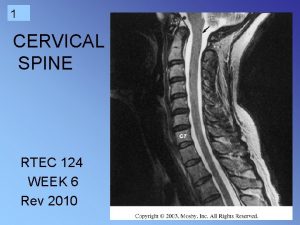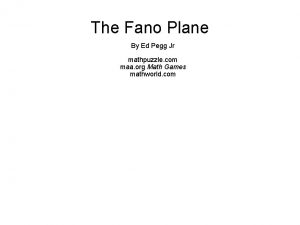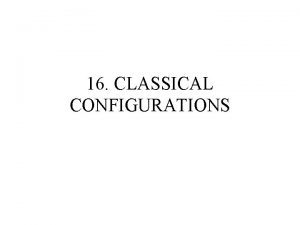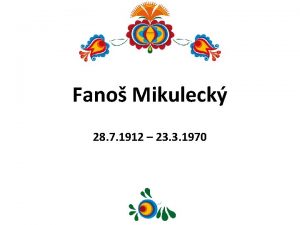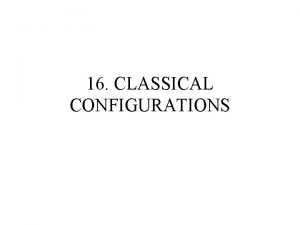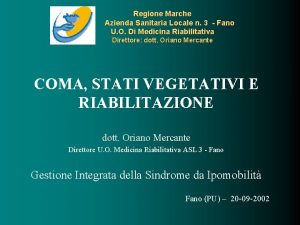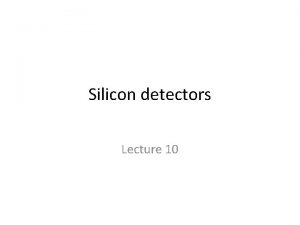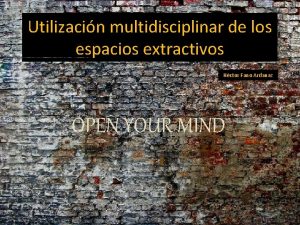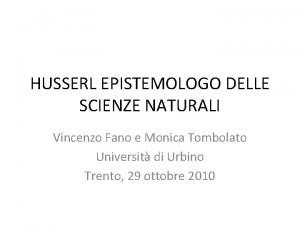1 1957 2 U Fano Phys Rev 124



















- Slides: 19

Подход эффективного гамильтониана 1. М. С. Лифшиц, ЖЭТФ (1957). 2. U. Fano, Phys. Rev. 124, 1866 (1961). 3. H. Feshbach, , Ann. Phys. (New York) 5 (1958) 357; 19 (1962) 287. 4. C. Mahaux, H. A. Weidenmuller, (Shell-Model Approach to Nuclear Reactions), North-Holland, Amsterdam, 1969. 5. I. Rotter, Rep. Prog. Phys. , 54, 635 (1991). 6. S. Datta, (Electronic transport in mesoscopic systems) (1995). 7. S. Albeverio, et al J. Math. Phys. 37, 4888 (1996). 8. Y. V. Fyodorov and H. -J. Sommers, J. Math. Phys. 38, 1918 (1997) 9. F. Dittes, Phys. Rep. (2002). 10. Sadreev and I. Rotter, J. Phys. A (2003). 11. J. Okolowicz, M. Ploszajczak, and I. Rotter, Phys. Rep. 374, 271(2003). 12. D. V. Savin, V. V. Sokolov V. V. , and H. -J. Sommers, PRE (2003). 13. Sadreev, J. Phys. A (2012). • Coupled mode theory (оптика) H. A. Haus, (Waves and Fields in Optoelectronics) (1984). C. Manolatou, et al, IEEE J. Quantum Electron. (1999). S. Fan, et al, J. Opt. Soc. Am. A 20, 569 (2003). S. Fan, et al, Phys. Rev. B 59, 15882 (1999). W. Suh, et al, IEEE J. of Quantum Electronics, 40, 1511 (2004). Bulgakov and Sadreev, Phys. Rev. B 78, 075105 (2008).

Coupled defect mode with propagating over waveguide light Manolatou, et al, IEEE J. Quant. Electronics, (1999)



CMT • Много-модовый резонатор IEEE J. Quantum Electronics, 40, 1511 (2004)

Два порта, две моды %CMT for transmission through resonator with two modes clear all E=-2: 0. 01: 2; D=[sqrt(0. 1) sqrt(0. 25)]; G=0. 5*D'*D; H 0=diag([-0. 25]); H=H 0 -1 i*G; for j=1: length(E) Q=E(j)*diag([1 1])-H; in=[1; 0]; IN=1 i*D'*in; A=QIN; ; A 1(j)=A(1); A 2(j)=A(2); t(: , j)=-in+D*A; end


W is matrix Nx. M where N is the number of eigen states of closed quantum system, M is the number of continuums (channels)

S. Datta, (Electronic transport in mesoscopic systems) (1995).



S-matrix Basis of closed billiard The biorthogonal basis

c H. -W. Lee, Generic Transmission Zeros and In-Phase Resonances in Time-Reversal Symmetric Single Channel Transport, Phys. Rev. Lett. 82, 2358 (1999)

2 d case Limit to continual case

Na=input('input length along transport Na=') Nb=input('input length cross to transport Nb=') Nin=input('input numerical position of the input lead Nin=') Nout=input('input numerical position of the output lead Nout=') NL=length(Nin); NR=length(Nout); v. L=1; v. R=v. L; tb=1; %Leads E=-2. 9: 0. 011: 1; HL=zeros(NL, NL); HL=HL-diag(ones(1, NL-1), 1); HL=HL+HL'; HL=HL-diag(sum(HL), 0); for np=1: NL kpp=acos(-E/2+EL(np, np)/2); kp(np, 1: length(E))=kpp; end HR=HL; %Dot N=Na*Nb; HB=zeros(N, N); HB=HB-diag(ones(1, N-1), 1)-diag(ones(1, N-Na), Na); HB(Na: N-Na, Na+1: Na: N-Na+1)=0; HB=tb*(HB+HB'); %Coupling matrix psi. Bin=psi. B(Nin, : ); psi. Bout=psi. B(Nout, : ); WL=v. L*psi. Bin'*psi. L'; WR=v. R*psi. Bout'*psi. L'; DB=diag(ones(Na*Nb, 1)); for j=1: length(E) g=diag(exp(i*kp(: , j))); gg=diag(sin(real(kp(: , j))). ^0. 5); WW=WL*g*WL'+WR*g*WR'; Heff=diag(EB)-WW; QQ=DB*E(j)-Heff; PP=QQ^(-1); SS=2*i*(WL*gg)'*PP*WR*gg; t(n, j)=SS(1, 1); Matlab calculation

Datta’s site representation

Effective Hamiltonian for time-periodic case For stationary case l


Numerical results N=1 l=0. 75, v. C=0. 25 m=-1, 0, 1 21 quasi energies H. Fukuyama, R. A. Bari, and H. C. Fogedby, PRB (1973). BS, J. Phys. C (1999): Критерий применимости теории возмущений
 Rev 124
Rev 124 Chiho nonaka
Chiho nonaka Isolde martinson
Isolde martinson Phys. rev. c
Phys. rev. c Velocidad angular ejemplos
Velocidad angular ejemplos Lucas 5 1 11
Lucas 5 1 11 Fisiatra simoncelli fano
Fisiatra simoncelli fano Texto yo soy el pan de vida
Texto yo soy el pan de vida Cts fano
Cts fano Polo endoscopico fano
Polo endoscopico fano Drzewo huffmana
Drzewo huffmana Cts fano
Cts fano Ansoff matrix 1957
Ansoff matrix 1957 1957: mayak (rusia), magnitud 6 según la escala ines.
1957: mayak (rusia), magnitud 6 según la escala ines. Frank rosenblatt perceptron
Frank rosenblatt perceptron Roland barthes 1957
Roland barthes 1957 Maksud memerihalkan
Maksud memerihalkan Peristiwa dalam perjuangan menuntut kemerdekaan negara
Peristiwa dalam perjuangan menuntut kemerdekaan negara James vicary 1957 experiment
James vicary 1957 experiment Internet 1957
Internet 1957
